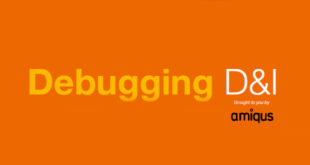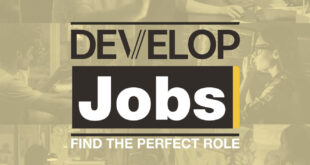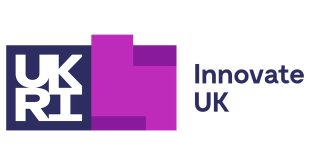What special skills do employers look for when hiring for roles on VR projects and how risky is it for worked to skill up in those areas considering the longevity of VR is still unknown?
Last year VR was included in Ukie’s Consumer Spend Report for the first time, with a valuation of 61.3m and so far VR seems to be making a great commercial start. VR projects have been rising steadily during 2017 and we have seen the demand in VR skills follow this upward trend.
On the surface of it, new skills do not appear necessary, core VR code- base is built on the most in-demand areas such as C+, C# and Unity. Art assets and environments created using Physics Based Rendering are also not unique to VR, but we are now seeing demand for candidates who have gained VR experience, either through employment or at University. Employers are starting to look for the context of deployment rather than skills alone – so effectively VR itself is becoming a skill. It’s early days and many specialist abilities needed to address the unique challenges of VR are still in formation. So what are employers looking for when hiring for VR projects today?
There is an entrepreneurial spirit in the space with many industry vets channelling their experience into setting up new VR ventures
PROBLEM SOLVING
A key ingredient is problem solving skills. Candidates with a leaning toward methodical, mathematical or experimental thought processes are of great interest to studios facing new challenges. The enhanced physicality of the gameplay interaction and multitude of visual configurations makes rendering images without blurring a major challenge. Achieving sufficient speed for a seamless VR experience increases demand both from an artistic and a technical perspective and optimising the efficiency of the code base is of critical importance. These features point to an evolving trend that the disciplines of creative and tech are growing closer together when it comes to VR.
This new level of granularity in the interdependence of image and code has led to employers demanding stronger visual evidence in portfolios when hiring. Programming jobseekers can typically evidence their skills by showing source code excerpts, however when it comes to VR, studios want to see the impact of the code on the in-game visuals. On the art side, managers not only want to see the right quality models and artwork but how artists have technically integrated their assets into the game engine. Portfolios need to be comprehensive enough to demonstrate these fully rounded skills, showing an understanding of how they will cope with the additional demands of VR.
SENSE SHIFTING
As a game experience becomes more immersive, so the role of the senses shifts from the everyday. The VR headset reframes vision and removes real world touch so that the compensatory instincts kick in, particularly hearing. This means that audio, which has always played a key role in games, has an even deeper level of contribution to make to the VR experience. We have seen an increase in the demand for audio programmers in particular. Now that a player can turn toward or away from the source of a sound, the impact of even the smallest nuance in ambient sound will play a major role in sustaining the level of immersion. Once again a solid portfolio and showreel should demonstrate the level of detail and finesse VR requires and hirers seek standards above the ordinary.
Another focus area is UI skills. The traditional thumb oriented handset is not available in VR and while this rewrites the design rulebook on menu access and selections, user interaction requires a higher level of intuitiveness to avoid confusion. Getting lost in virtual menus or physically knocking things over in reality is a no-no. Gameplay interactions have a new dimension of consequence – in fact pretty much every consideration in a ‘2D’ game is amplified exponentially in VR. To a large extent, the level of specialism a hirer is looking for depends on the size of the studio and what scope of project they’re working on. Some are looking for knowledge of a specific headset, others are happy with art or coding generalists, and some need the aforementioned tech- creative hybrid to bridge the two.
DURABILITY OF VR
One of the threats to growth that have been levelled at VR is that the level of immersion could potentially cut-out any interactions beyond the headset, making the VR experience an engaging but lonely pursuit. This has already been countered by the likes of vTime, developer of a VR social network that allows anyone, anywhere to spend quality time with family and friends in virtual reality. For vTime, VR has social connection at the core, aiming for participants to enhance people’s experiences of their relationships.
In 2017 the market has seen a continued rise in demand for VR skills both in and outside of games. This is reflected in the growth in VR titles being brought to market, but it’s worth noting that this has been a steady stream of releases rather than an explosion. Whatever the reason, if there is no ‘bubble’ to burst and market confidence grows gradually, the outlook from the commercial bedrock of VR looks strong. There is an entrepreneurial spirit in the space with many industry veterans channelling their experience into setting up new VR ventures. Despite the inevitable naysayers it remains an exciting, innovative space for a career in games.

 MCV/DEVELOP News, events, research and jobs from the games industry
MCV/DEVELOP News, events, research and jobs from the games industry



